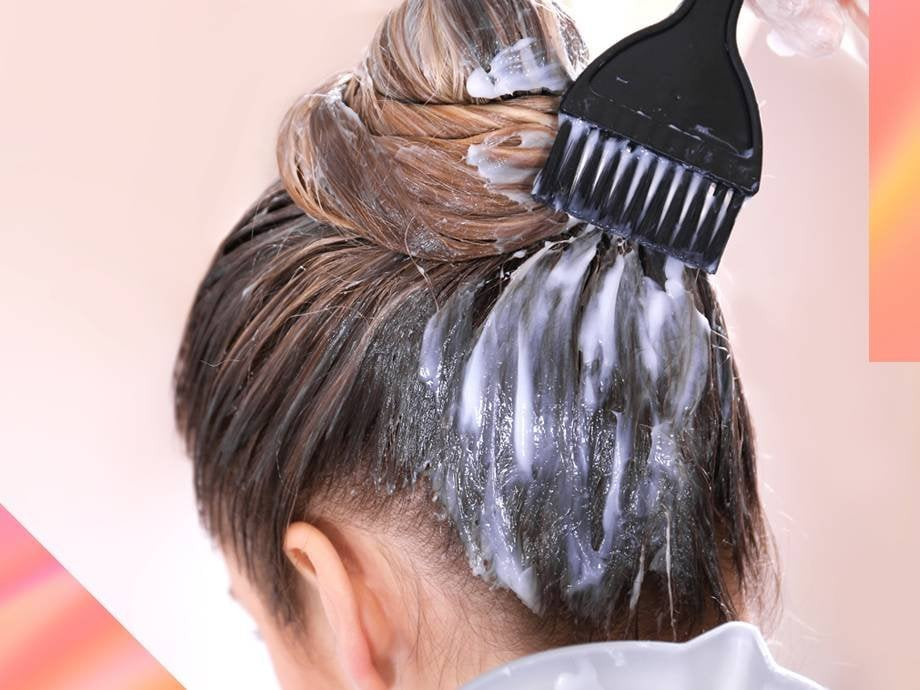Best Tips for Dyeing Your Hair at Home
Coloring your hair at home makes you feel both powerful and scared. But with a little preparation and the right steps in place, you can color your hair just as brilliantly as a salon expert while you sit in the safe environs of your bathroom. I am a professional stylist and have had many clients who have colorfully dyed their hair at home with success, and today I’ll be giving you some of the hints that can help you replicate that at-home color job.
Introduction: Why At-Home Hair Dye?
Home hair dye is now the most popular it has ever been due to its convenience and cost-efficiency. If your goal is to hide the grays, freshen up the color, or experiment with a new look, it’s really quite simple if you stick to the right steps. Nevertheless, wrong steps such as color choice and processing time would normally result in wrong results, such as uneven color, hair damage and a visit to the salon for color correction.
Here are my expert tips that will guarantee you the most impressive results from your DIY hair coloring process.
Choose the Right Shade
The best thing to do when you are at home hair dying is to opt for a shade that’s either two shades darker or lighter than your current hair. If you decide to do otherwise, you may become a laughingstock because of hair patterns. In case you’re not sure which shade to pick, many brands have an online shade quiz to assist you in finding the perfect match. Interpersonal relationships are easily veiled when we become used to them, and couples can talk honestly to each other about what their true feelings are.
Italics note: You should consult with professionals help if you are thinking of making a drastic change such as black to blonde to avoid excessive damage. Warning: It is very hard to switch from one color to another significantly when you are at home without risk of hair damage.

| Skin Tone | Recommended Hair Dye Tone |
|---|---|
| Fair | Warm shades (golden, honey blonde) |
| Olive/Dark | Cool shades (ash brown, platinum) |
| Medium | Neutral shades (light brown, chestnut) |
Gather the Right Supplies
Just to ensure you have everything you need, be sure you have got everything ready before you start. Here’s a quick checklist:
- Two boxes of dye (if your hair is shoulder-length or longer)
- Plastic clips for sectioning
- Gloves and a hair coloring brush
- Old towel or shirt to keep the stains away
- Petroleum jelly or barrier cream to protect your skin from dye stains
The worst thing you can do is be in the middle of the process and find you ran out of hair dye, which will lead to disappointment. Treat several dyes as they will be needed when you get down to work, basically than you might think.
| Supply | Purpose |
|---|---|
| Two boxes of hair dye | Ensures sufficient dye for longer or thicker hair |
| Plastic clips | Helps section hair for even application |
| Gloves and brush | Protects hands and allows precise application |
| Old towel or shirt | Prevents stains on clothing |
| Petroleum jelly/barrier cream | Protects skin from dye stains |
Perform a Patch Test
Don’t overlook the step even one time, as when you apply dye, for example, put a bit of the dye, behind your ear or on your wrist and wait for 48 hours, you should be alive if there is no allergic reaction to the dye. This is very important in case you are experimenting with a different brand.
Prep Your Hair
Dye your hair on a dry and unwashed hairpiece, if you want the best result.s Natural oils will cover your scalp so it could protect itself. This way, you won’t get any Kiai in the middle of the hair part. Use a wide-tooth comb to untangle your hair with. Take two plastic clips to secure one part on each side of the back and front part.
The Application Process

Start at the Roots
Start the dying process at the roots since that’s where the hair needs more time to absorb the color. To ensure that each part is evenly coated with the dye from the root to the top, you need to apply it uniformly. When straightening is done, just the last 10 minutes allow the dye to be dragged throughout the hair in order to avoid over-processing.
Italics note: Use things like double mirrors to be able to look at even the tough spots, like the back of your head.
Set a Timer
It is essential that you follow the instructions enclosed with your kit if you are to get good results. Leaving the dye on for too long or too little can be a cause of poor results. Set a timer as soon as you finish applying the dye to check if the processing time is correct.
Aftercare: Rinse and Condition
You must wash your hair immediately after the timer stops ringing. Make sure to give your hair a full wash with warm water washing and you will be pleasantly surprised by your clarity and cleanliness. Your pack conditioner is a very special formula it is given to you to put on your hair, so want not only color but also moisture would be maintained. You should avoid styling the hair that was dyed with shampoo for the next 24-48 hours.
FAQs
How often can I dye my hair at home?
Do not expose your hair to new dye treatments only if it does not suffer yet. It is better to avoid damage by engaging your hair to 4-6 weeks of time lapse between the color treatments this way.
What should I do if I don’t like the color?
If the blonde hair is too dark, first of all, try to wash the dye out with a clarifying shampoo. If that’s not enough, you may need a hairdresser’s help.
Can I dye over already dyed hair?
Yes, but it is ideal to go for a color that closely matches the one you’ve previously used to make the experience less nerve-racking.
What if I accidentally dye my skin?
Make sure you apply the petroleum jelly prior to coloring and if the dye gets on the skin remove it with an oil-based makeup remover or rubbing alcohol. However, it is necessary that you consult a doctor if the irritation persists.
How do I maintain my color?
Decrease sulfation. Also, do not forget to use regular shampoos and condition with color-safe products. Thus, you will be able to prolong the life of the color.
Conclusion: You Got This!
To dye your hair at home is a very exciting and satisfying thing to do. After learning your techniques, you can do it on your own and save more by buying a salon service that is too expensive. The statement is all the truer because with each effort, the more proficient the person gets.
